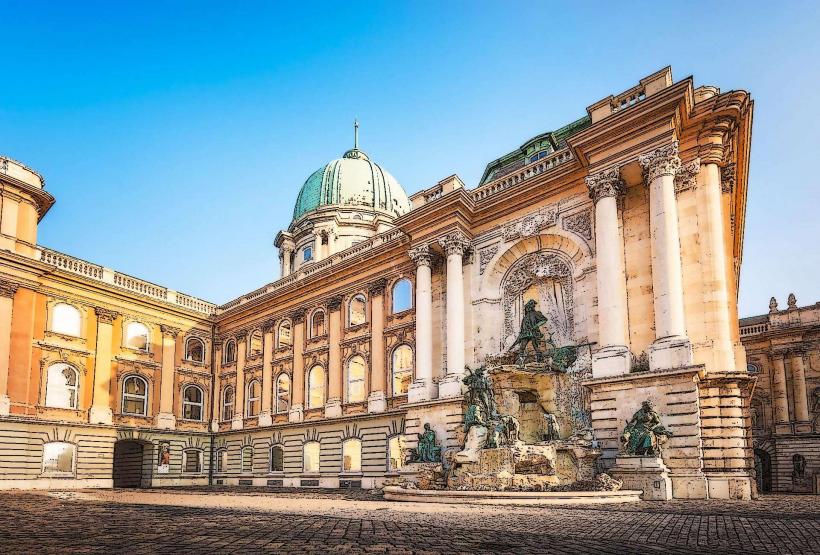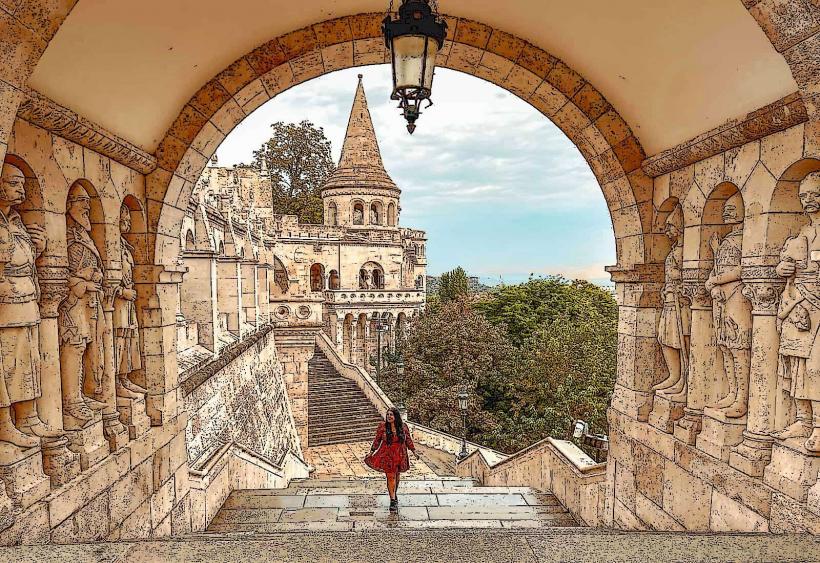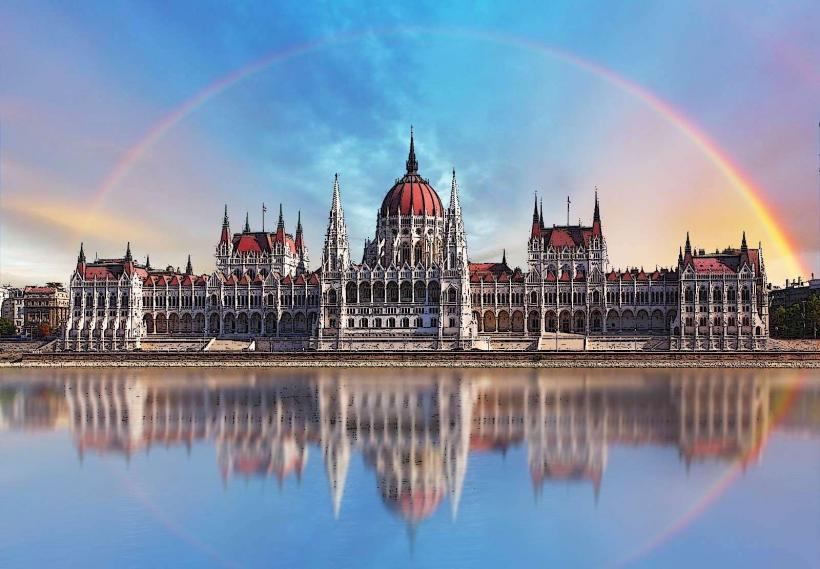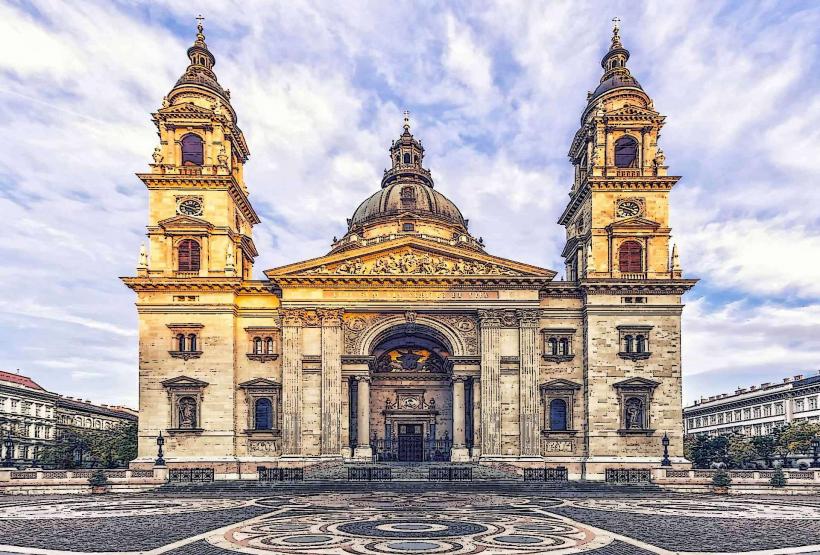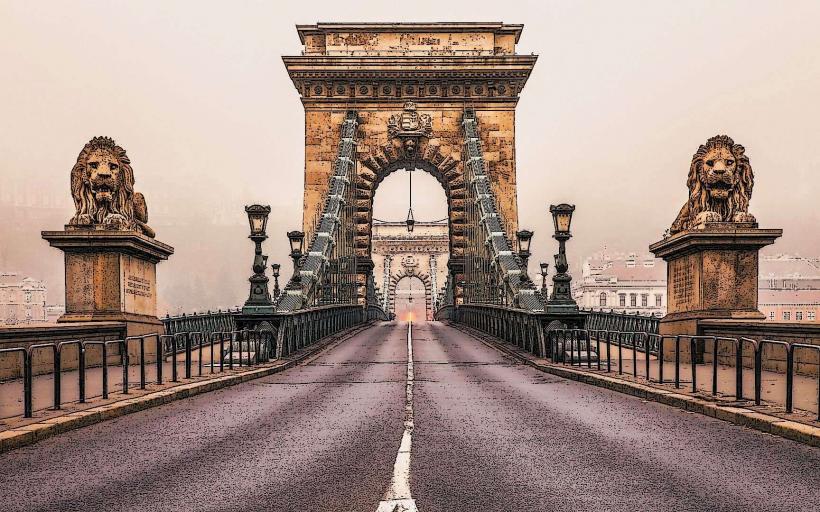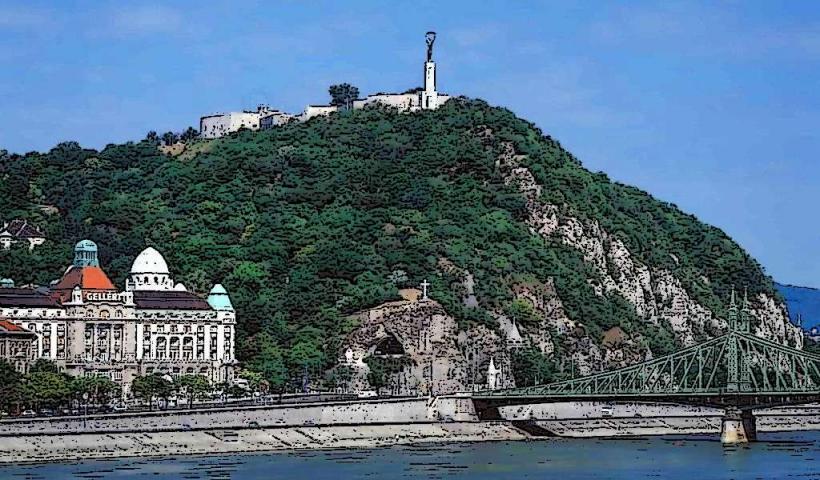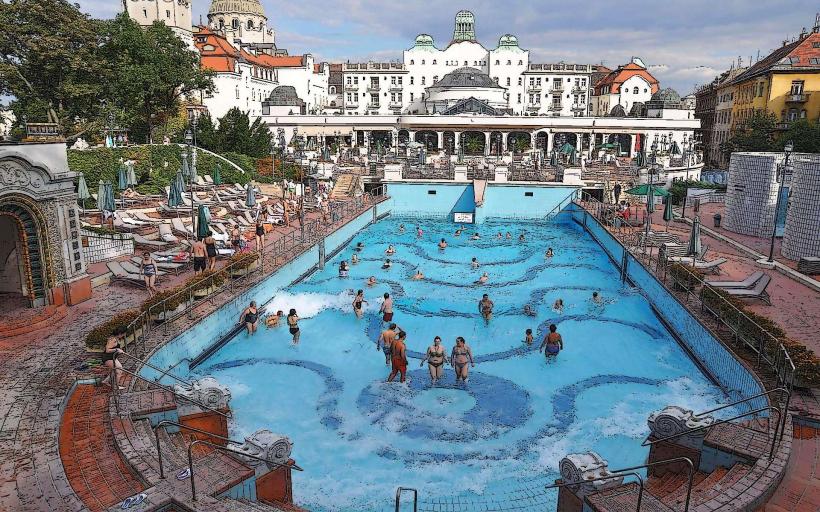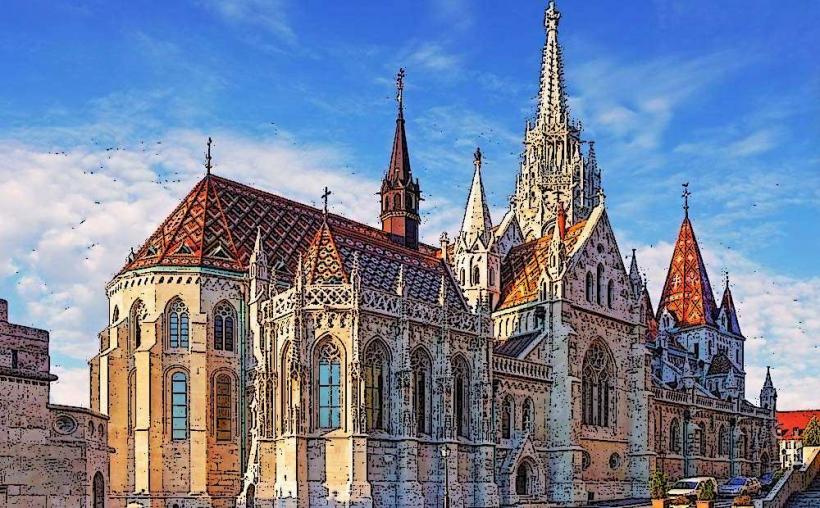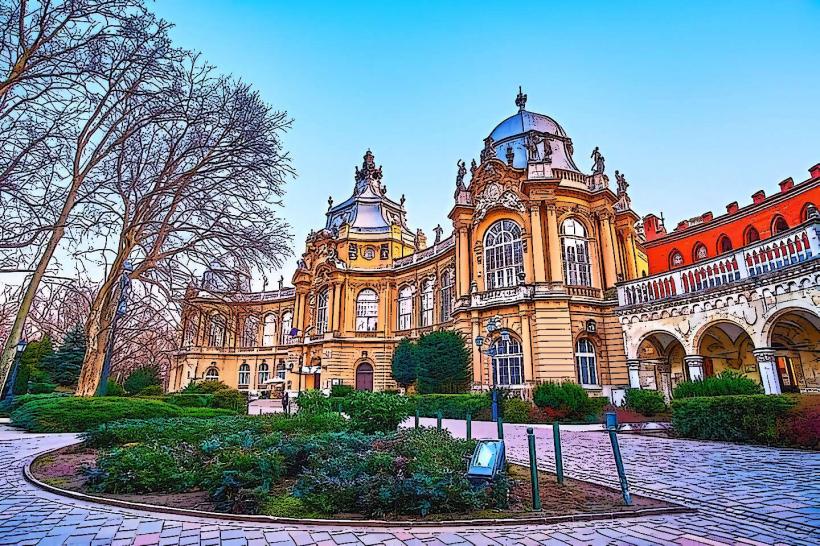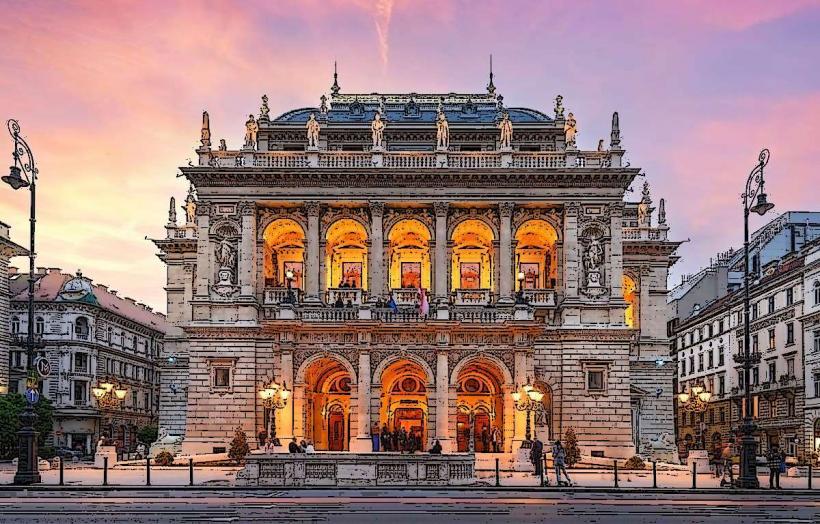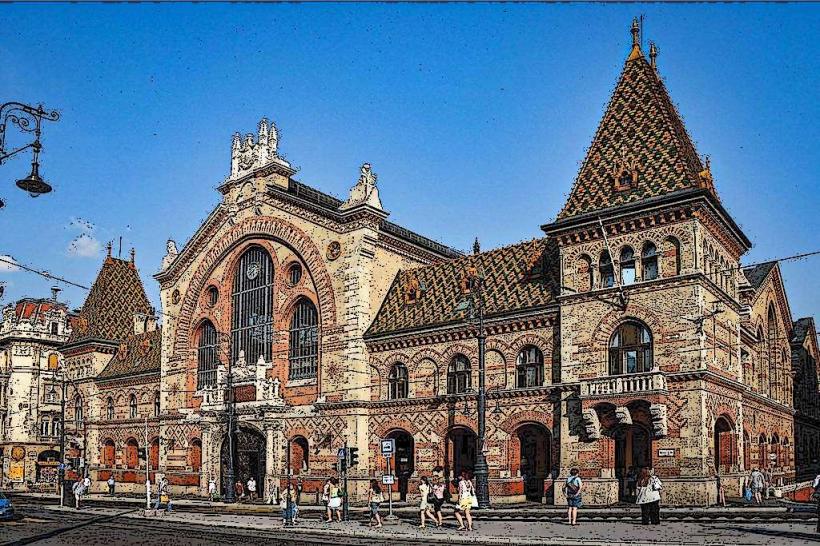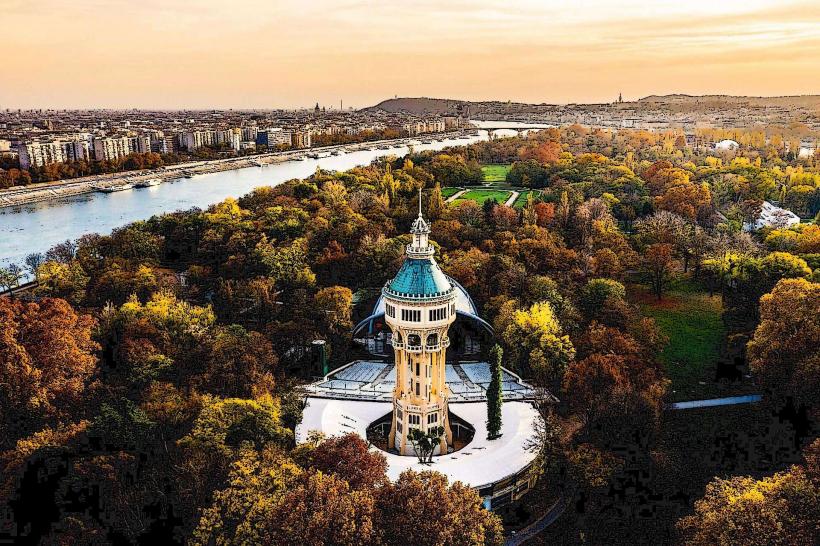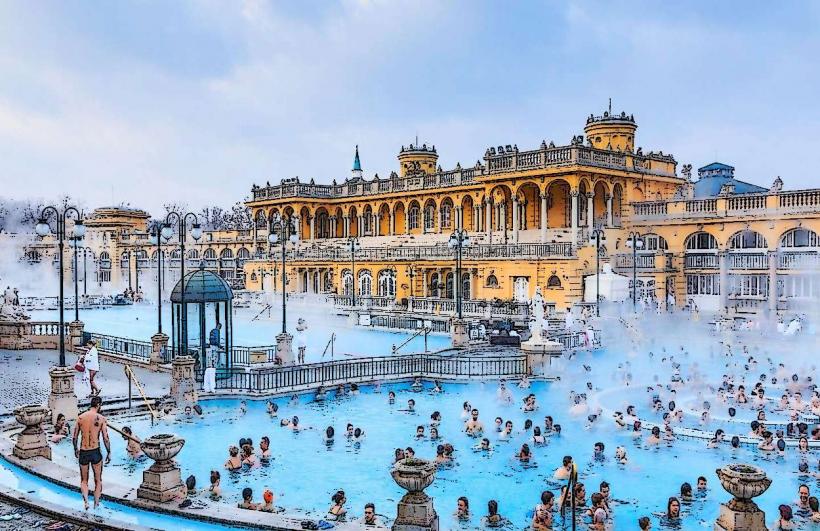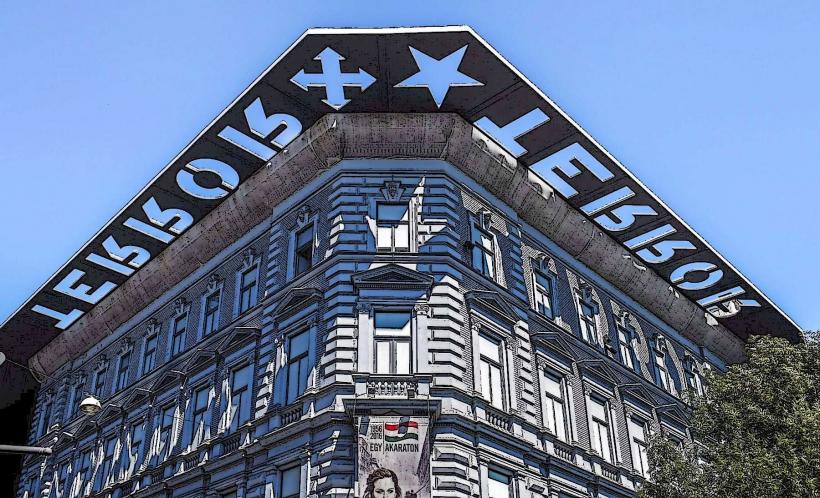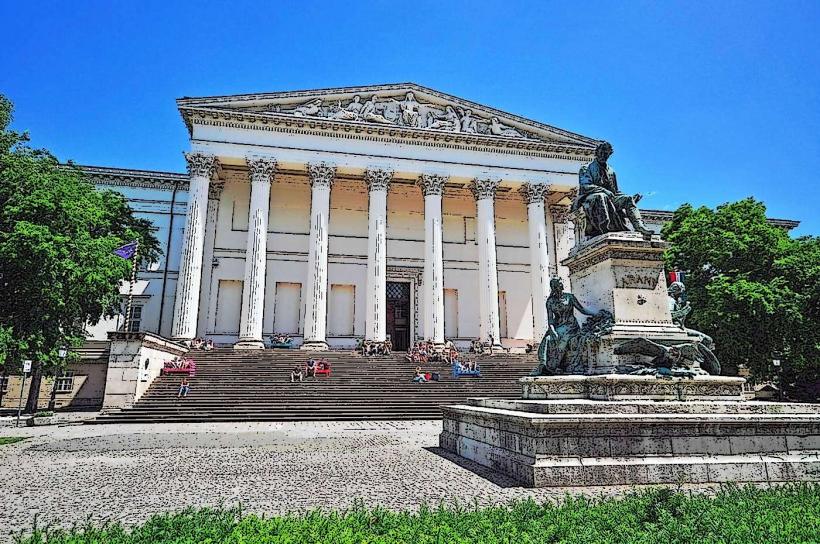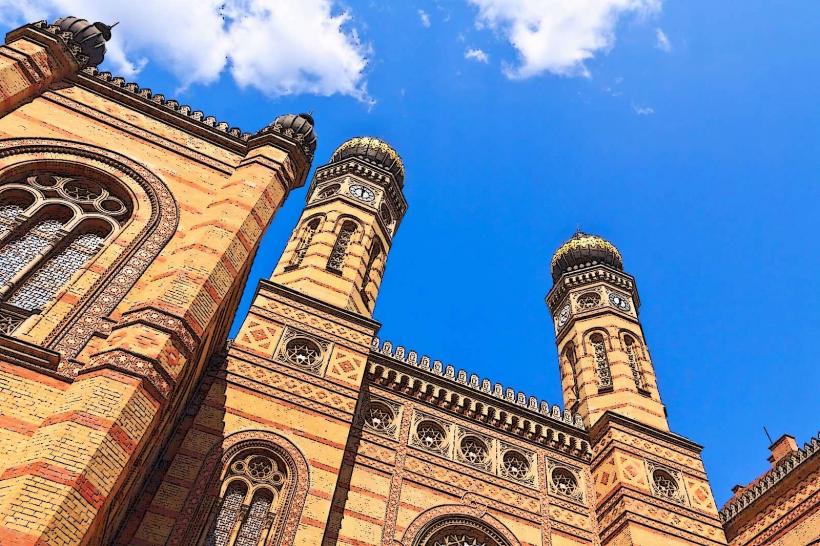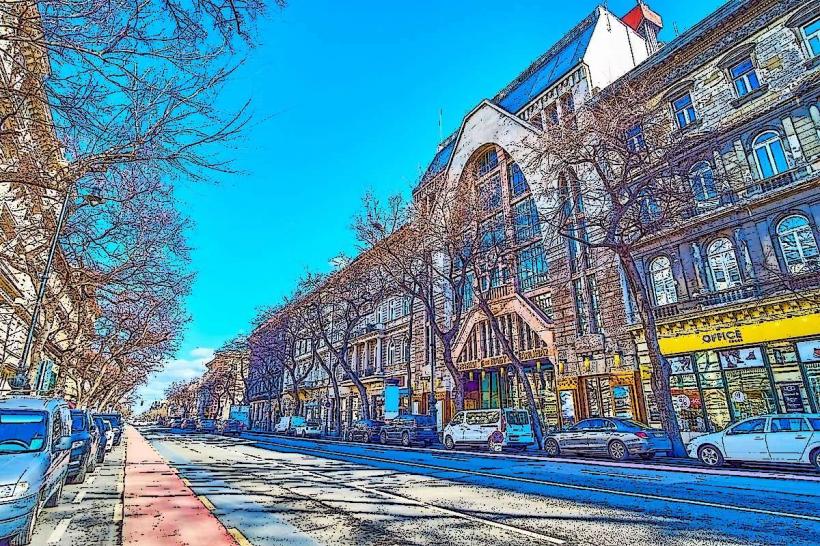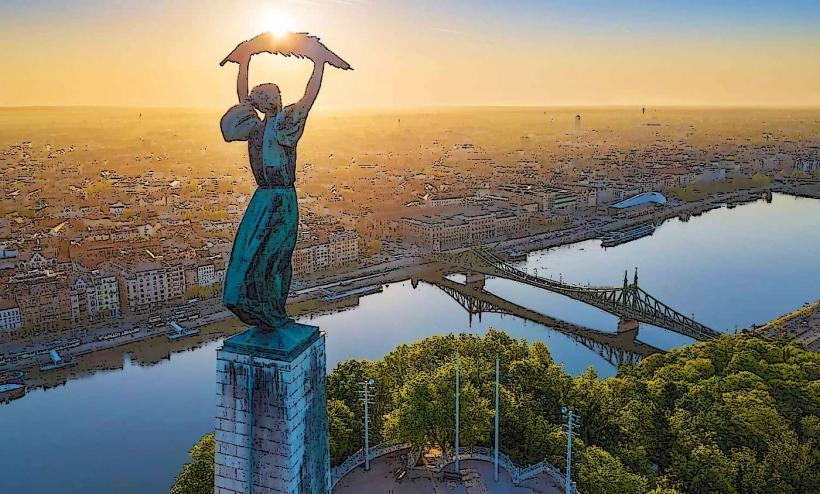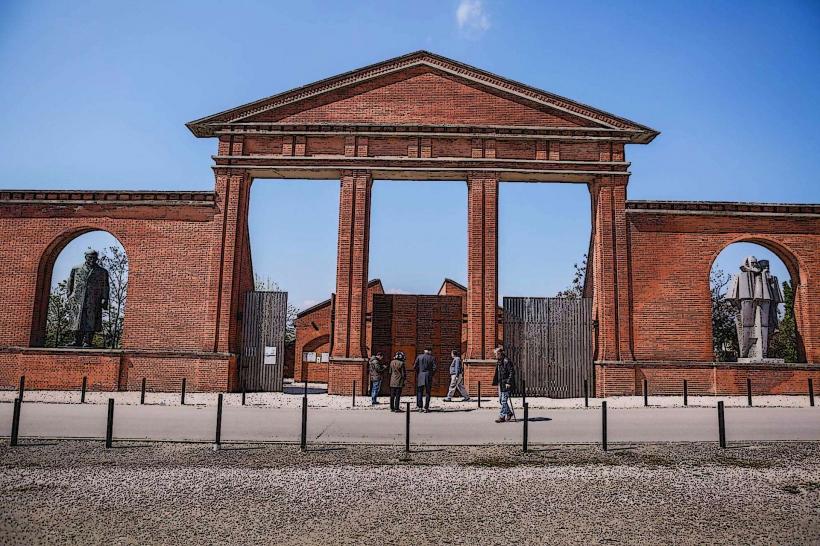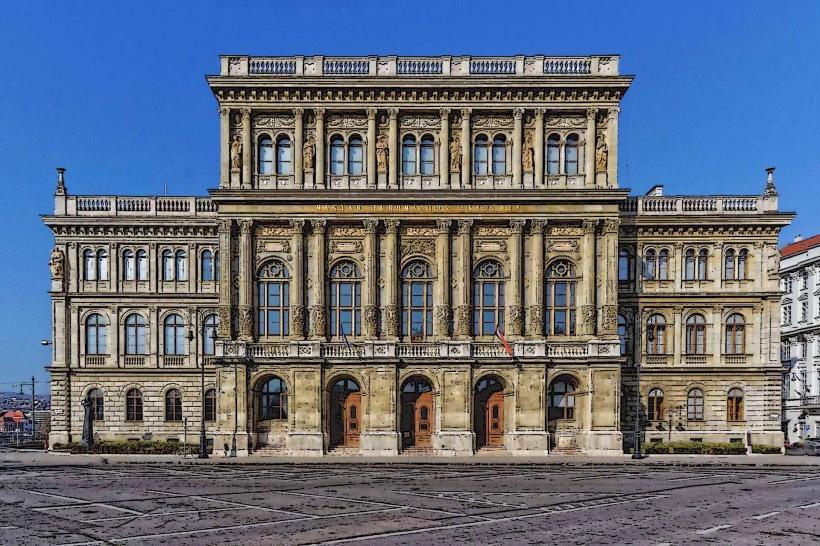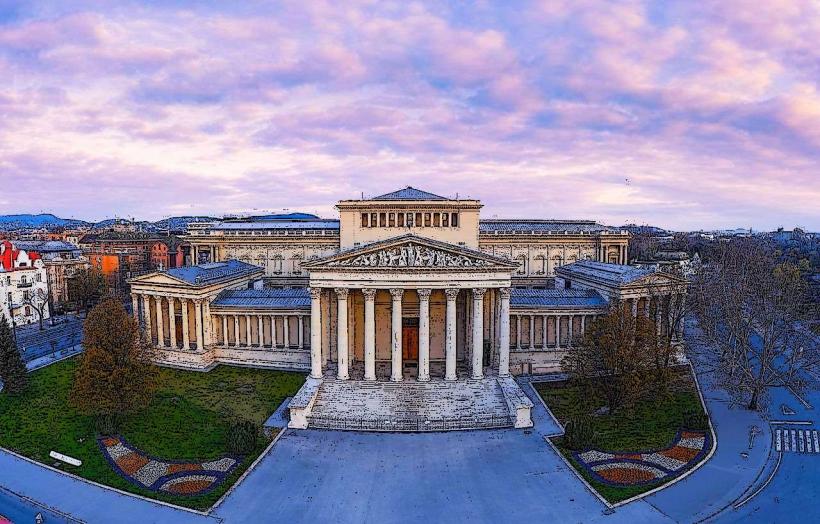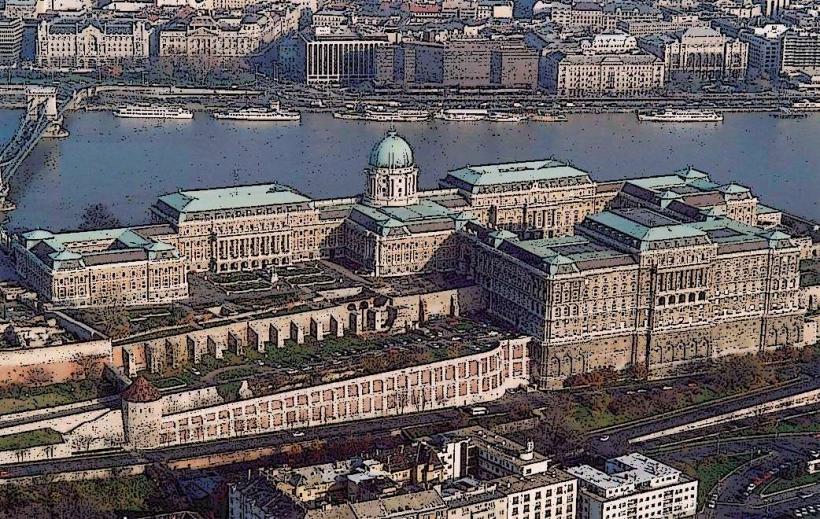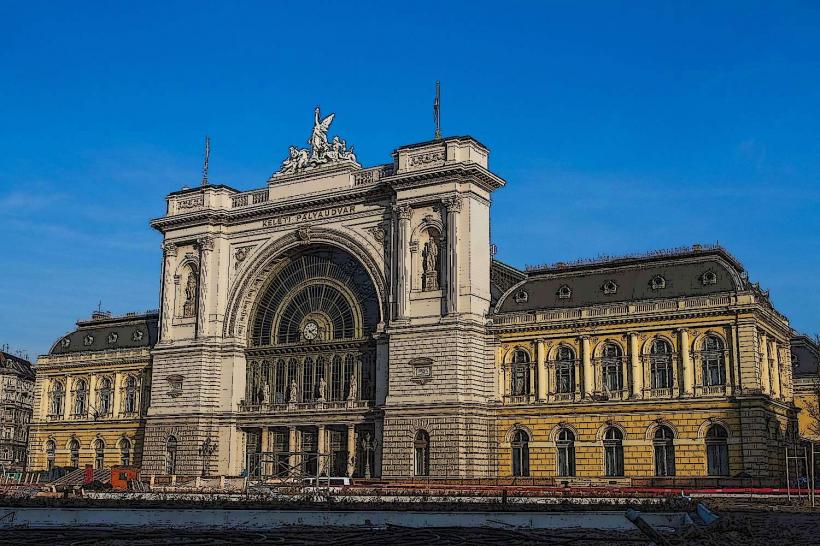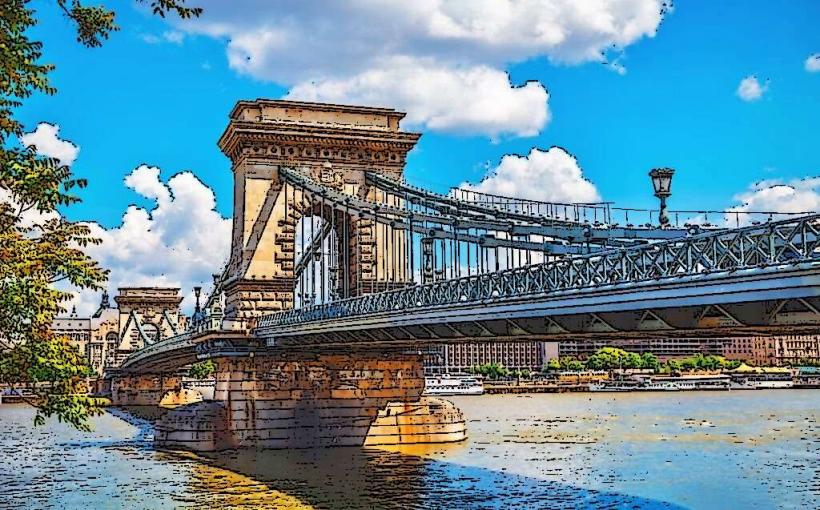Information
Landmark: Heroes' SquareCity: Budapest
Country: Hungary
Continent: Europe
Heroes' Square (Hungarian: Hősök tere) is one of the most iconic and significant landmarks in Budapest, Hungary. Located at the end of Andrássy Avenue, it is an expansive and grand open space dedicated to honoring Hungary’s historical leaders and national heroes. The square is not only a central point in the city but also a symbol of the nation's past, commemorating the Hungarian people’s struggles for freedom, independence, and unity.
History and Construction
Heroes' Square was designed by architect Albert Schickedanz and sculptor György Zala as part of a larger project for the Millennium Celebrations in 1896, marking the 1,000th anniversary of the Hungarian conquest of the Carpathian Basin. The square was part of the Millennium Memorial Complex, which includes not only Heroes' Square itself but also City Park (Városliget), the Museum of Fine Arts, and other cultural institutions.
Construction Timeline:
- The square was officially completed in 1900, although the statues and monument were added later.
- The Millennium Monument, at the heart of the square, was completed in 1929.
- Over the years, the square has undergone several renovations and additions, maintaining its position as a national symbol and a major tourist destination.
Design and Layout
Heroes' Square is an impressive and vast open space, designed to accommodate large crowds and public gatherings. Its symmetrical layout and monumental size make it one of the largest and most important squares in Budapest.
Key Features:
- Millennium Monument: The centerpiece of the square is the Millennium Monument, which stands tall in the center. It consists of a column topped with a statue of the Archangel Gabriel holding the Hungarian crown, symbolizing the divine protection of Hungary. Surrounding the column are two colonnades with a total of 14 statues of Hungarian historical leaders, including kings, princes, and national heroes.
- Statues of Hungarian Leaders: The 14 statues arranged along the colonnades represent significant figures in Hungary’s history. These statues include:
- Árpád (the leader of the Hungarian tribes)
- Stephen I (St. Stephen), the first king of Hungary
- Ladislaus the Great, Béla IV, and other kings
- Imre Nagy, the Hungarian Prime Minister who was executed after the 1956 Hungarian Revolution, symbolizing Hungary’s fight for freedom
- National Monument: On either side of the Millennium Monument, there are additional bronze statues of significant Hungarian leaders from different eras, including warriors and statesmen, representing various periods of Hungarian history.
- Equestrian Statues: At the base of the monument, there are two equestrian statues of Hungarian warriors: Kossuth Lajos and Széchenyi István, both of whom are considered heroes in Hungarian history.
Surrounding Structures:
- Museum of Fine Arts: Located on the left side of the square, this museum is home to a large collection of European art from ancient to modern times.
- Art Hall: The Műcsarnok, located on the right side of Heroes' Square, is a prominent exhibition space for contemporary art and cultural events.
- Andrássy Avenue: The square is the terminus of the grand Andrássy Avenue, a wide boulevard lined with magnificent buildings, theaters, and shops. Andrássy Avenue leads directly to the city center and is often compared to Paris’s Champs-Élysées.
Historical Significance
Heroes' Square is much more than just a beautiful public space; it holds great cultural and historical importance for Hungary. The square and its monuments symbolize the country’s struggles for independence, its heroic leaders, and the unity of the Hungarian people.
Commemoration of National Heroes:
- The figures immortalized in the statues represent Hungary’s long and tumultuous history, from the conquest of the Carpathian Basin in the 9th century through the establishment of the Hungarian Kingdom and the struggles for independence against various empires.
- The Millennium Monument itself symbolizes the Hungarian nation’s identity and its connection to its past. The figures honored at the square represent those who shaped Hungary’s culture, identity, and independence.
Hungarian National Identity:
- Heroes’ Square plays a key role in national celebrations and commemorations. It is often used for public events, ceremonies, and military parades, particularly on Hungarian National Day (August 20), which commemorates the foundation of the Hungarian state and St. Stephen’s canonization.
- The square was also used as a gathering place during the Hungarian Revolution of 1956, when large demonstrations took place demanding the withdrawal of Soviet troops from Hungary.
Visiting Heroes’ Square
Heroes' Square is a must-see for any visitor to Budapest, offering a deep insight into Hungary’s history, culture, and national pride. The square is located at the entrance to City Park (Városliget), which is a popular destination for both tourists and locals.
Key Points of Interest:
- Monumental Views: Visitors can take in the grandeur of the Millennium Monument, admire the sculptures of Hungarian historical figures, and enjoy the peaceful atmosphere of the square.
- City Park: After visiting Heroes' Square, visitors can explore Városliget, the park behind it, which is home to several attractions, including the Budapest Zoo, the Széchenyi Thermal Baths, and the Vajdahunyad Castle.
- Walking Distance: Heroes’ Square is within walking distance of Andrássy Avenue, one of Budapest’s major boulevards, as well as the Museum of Fine Arts and Széchenyi Baths.
- Public Transportation: The square is easily accessible by public transport, including the M1 metro line, which stops at the Heroes' Square station. The square is also served by several bus and tram lines.
Nighttime View
Heroes' Square is particularly stunning at night, when the statues and Monument are beautifully lit, creating a dramatic and awe-inspiring atmosphere. The illuminated square provides a peaceful and reflective moment for visitors, making it a popular spot for evening strolls and photography.
Conclusion
Heroes' Square is one of the most iconic landmarks in Budapest and a significant symbol of Hungarian history and identity. The square and its monuments stand as a tribute to the country’s heroes, leaders, and freedom fighters, and it remains a central gathering place for celebrations, commemorations, and national pride. For visitors, it provides a chance to reflect on the nation’s rich past while offering a beautiful, monumental setting in the heart of Budapest.

